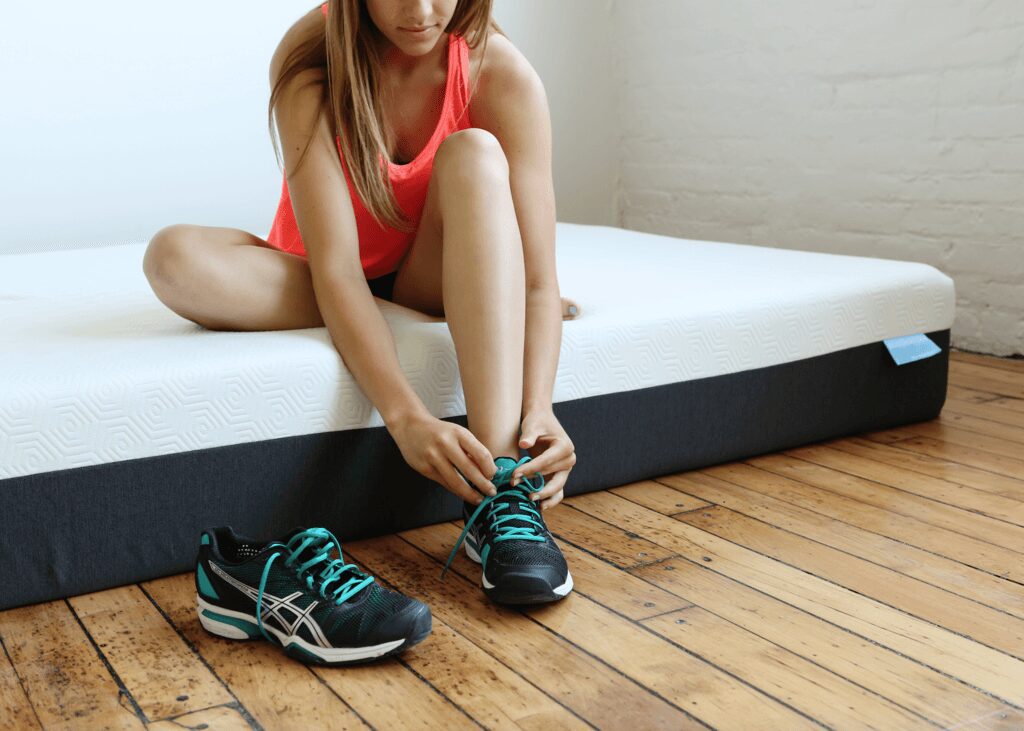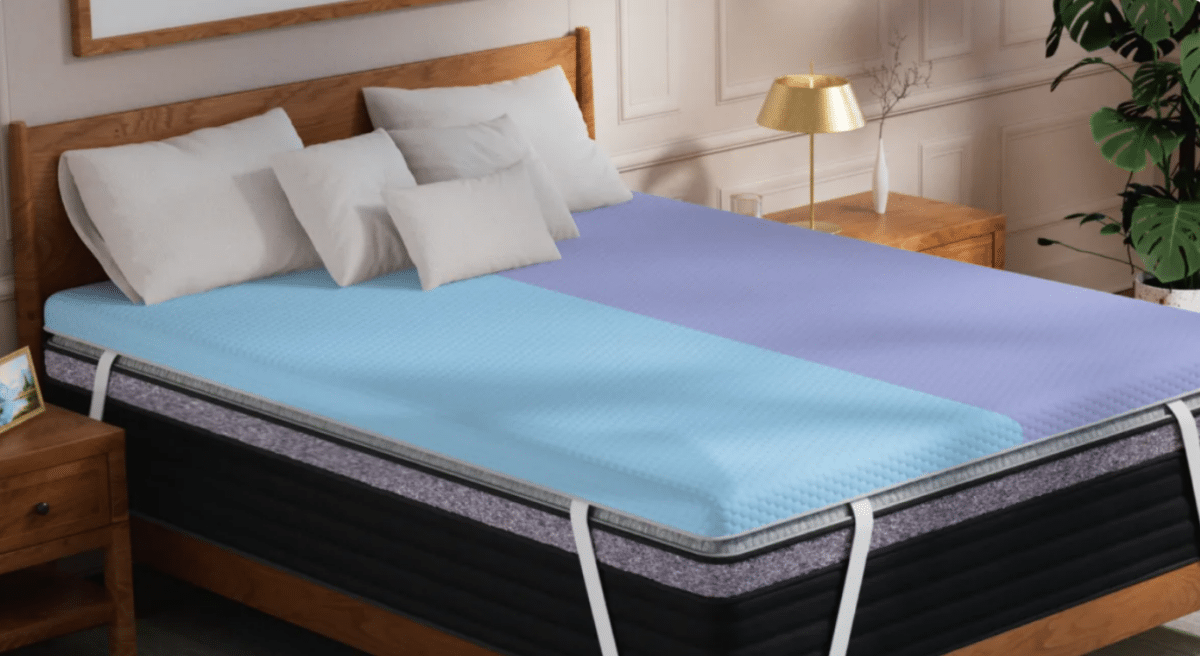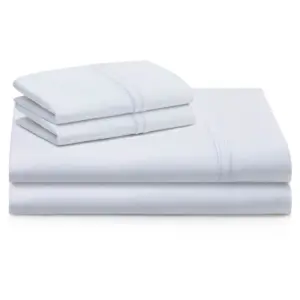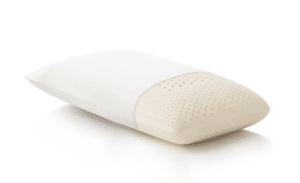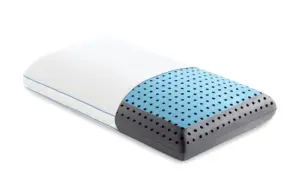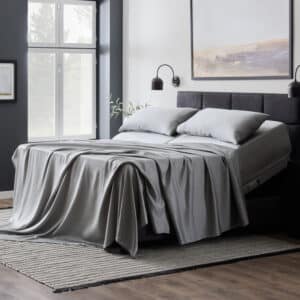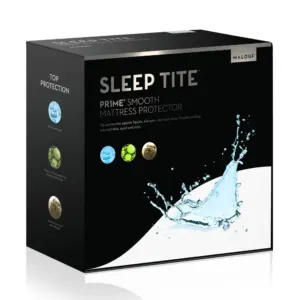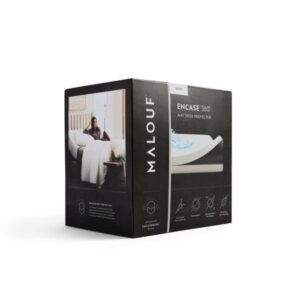Ultimate Guide to Hospital Mattresses: Reviews and Recommendations
Introduction
Selecting a hospital mattress is more than just a matter of comfort; it plays a crucial role in a patient’s recovery, quality of sleep, and overall well-being. Whether you’re on the mend from surgery, managing a chronic illness, or simply seeking enhanced support, the right hospital mattress can make all the difference.
This guide aims to empower you with essential knowledge about different types of hospital mattresses, focusing on what makes each unique and beneficial. By the end, you’ll be well-equipped to choose the best option tailored to your needs.
Understanding Hospital Mattresses
Hospital mattresses can be categorized into several distinct types, each designed to support various health needs and preferences. Here’s a breakdown of the most popular options:
Foam Mattresses
Foam mattresses are cherished for their pressure-relieving properties and comforting feel. They are available in multiple densities:
– Low-Density Foam: Soft and often more affordable, perfect for temporary use.
– High-Density Foam: Offers enhanced durability and superior pressure relief, making it ideal for long-term care.
Memory foam, a type of high-density foam, molds to the body’s contours, providing personalized support. Meanwhile, visco foam adds density and responsiveness—ideal for those requiring more robust support.
Air Pressure Mattresses
Air pressure mattresses are optimal for patients susceptible to pressure sores and back pain. Key features include:
– Enhanced Blood Circulation: These mattresses can redistribute body weight and reduce pressure points, promoting better circulation.
– Alternating Pressure: This dynamic pressure redistribution mitigates the risk of skin maceration.
– Low Air Loss: They keep the skin cool and dry, reducing the chance of ulcer formation.
For example, the Drive Medical Alternating Pressure Low Air Loss Mattress System provides both air circulation and support, making it a standout.
Innerspring Mattresses
Innerspring mattresses utilize an inner coil system for strong support. They are:
– Firm: Excellent for those who prefer a harder sleeping surface.
– Cost-Effective: Generally less expensive than other types.
While they may lack the advanced pressure-relief features of foam or air mattresses, they still offer reliable basic support for a broad range of patients.
Gel Mattress Toppers
Gel mattress toppers can be layered on any mattress type to enhance overall comfort. Benefits include:
– Thermal Regulation: Helps maintain a cooler sleep surface.
– Additional Support: Provides extra cushioning for patients requiring it.
Innovative technology, like visco gel polymer, combines pressure redistribution with superior breathability.
Choosing the Right Hospital Mattress: Key Considerations
Selecting the ideal hospital mattress depends on the specific needs of the patient. Here are critical factors to consider:
1. Mattress Foam Density
– Low-Density Foam: Budget-friendly and softer but may wear out faster.
– High-Density Foam: More durable and provides better pressure relief.
2. Mattress Material
Different materials serve various purposes:
– Foam: Conforms to the body, offering excellent pressure relief.
– Air Pressure: Aids in managing pain and promotes blood flow.
– Innerspring: Provides firm support but often lacks plush comfort.
– Gel Toppers: Enhances comfort and temperature regulation.
3. Size
Ensure the mattress fits the bed frame properly:
– Length: Typically up to 86 inches for added legroom.
– Width: Wider options over 60 inches offer more space.
4. Pressure Relief
Investigate designs that minimize pressure points, especially for patients at high risk for ulcers.
5. Durability
Choose mattresses that withstand prolonged use. Look for high-density foam or certifications like CertiPUR-US or OEKO-TEX for assurance of quality.
Top 10 Hospital Mattresses for 2025
To simplify your search, here’s our curated list of the best hospital mattresses for 2025:
1. MedMattress Pro Care Hospital Bed Mattress: Made with CertiPUR-US® certified foam, it promises comfort and support for various recovery needs.
2. Total Care VLX Tri-layered Foam Mattress: Offers exceptional pressure relief with its innovative tri-layer design.
3. AirPlus® SAT Convertible Foam/Air Mattress: Clinically validated for safety and comfort while allowing for pressure redistribution.
4. PressureGuard Easy Air® LR LAL Therapy Alternating Pressure Mattress: Combines alternating pressure with compliance to adapt to body contours.
5. Dynamic Air 3-1 Alternation Mattress: Features low air loss therapy and real-time pressure monitoring for added safety.
6. Softform Premier Foam Mattress: Utilizes high-resiliency foam to maximize body support and comfort.
7. PressureGuard® APM2 Mattress: Engineered to reduce heel pressure, designed for long-lasting use.
8. Deluxe Air LAL 2-1 Alternation Mattress: Focused on hygiene with durable, infection-resistant materials.
9. Multi-Ply 6500 Pressure Redistribution Mattress: Features advanced cell technology to cater to high-risk areas.
10. Rest Q Pressure Redistribution Mattress: Ensures superior upper torso support while remaining comfortable.
Conclusion
Choosing the right hospital mattress is paramount for enhancing recovery, comfort, and overall health. Whether dealing with mobility issues, recovering from surgery, or simply seeking better rest, the right mattress can transform the healing process.
At Yawnder, our team is dedicated to evaluating every mattress against rigorous standards of quality and comfort. Offering a range of options—from foam to air pressure mattresses—we are committed to helping you find the ideal fit.
Ready to embark on your journey to improved health and sleep? Explore our top-rated hospital mattresses today and experience the difference firsthand.


